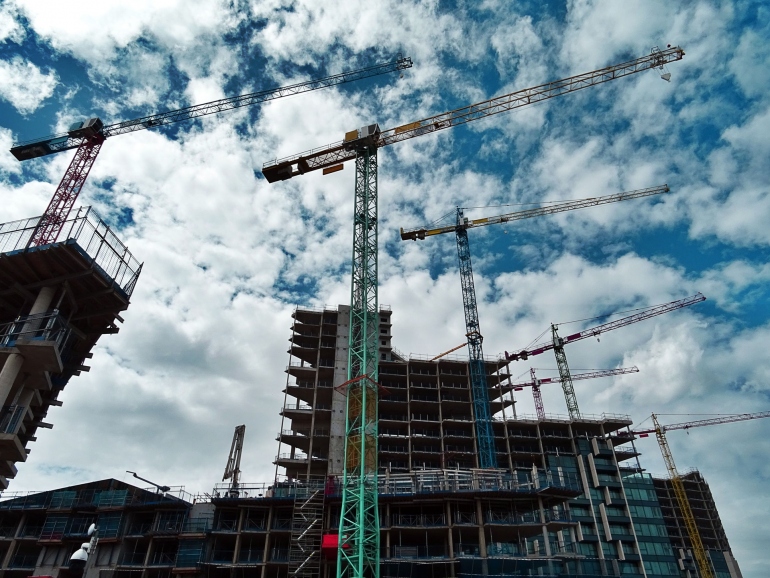The use of cranes is common in construction sites all over the world and such a large exposure means that the risk of an injury is quite high, as well. The problem lies in the fact that the majority of construction workers receive only the basic equipment handling training (if any), let alone training in crane safety and use. This means that the majority of people on the site aren’t ready for all that comes with these cranes, especially if you don’t have cranes and specialists of your own but are forced to hire them. With so many things that can go wrong, it’s pivotal that you make a crane safety checklist in order to minimize the risk of this happening.
1. Invest in training
The first thing you need to understand is the fact that your crew needs to know about the way they should act around cranes, even if they’re not operating them. Of course, they don’t have to know everything about cranes if they won’t use them and even the basic training should do. They should, at least, understand the process and be aware of the signaling regarding the cranes, so that they know when they’re supposed to be careful and when it’s completely safe for them.
2. Plan and supervise lifting operation
Due to the fact that cranes don’t work 24/7, you need to properly plan and announce this in advance. Keep in mind, however, that this kind of schedule isn’t particularly complex and it’s quite easy to warn all your employees in due time. Other than this, you might want to consult experts in order to include risk assessment and procedures necessary into the report. Also, it’s incredibly important that you have a crane supervisor with a direct line of communication with the operator of the equipment. Smartphones or even two-end radios can be a viable solution.
3. Proper installation and additional equipment
Keep in mind that when it comes to the overall safety, setting up of the crane is pivotal. Some cranes can just be driven to the construction site and immediately be put to action, while there are some variations and alterations that change quite a bit. You see, despite its magnitude and cost, a crane is a simple piece of equipment. In order to unleash its full potential, you need to invest in crane and forklift attachments. This will help you do so much more with your standard crane. These need to be properly fastened and installed, as well, in order to be effective.
4. Outsourcing
The next thing you should realize is the fact that outsourcing (even though previously mentioned in a bad light) is not a liability. If anything, you get an experienced crew to transport, set up and operate crane at the construction site. Moreover, it’s a cost-effective solution that allows you to pay for the crane only when you’re actively using it. Apart from this, if you need different crane types, you get the privilege of hiring different cranes for different projects. This will also make it easier for you to innovate your equipment.
5. Inspections
In order to ensure that everything is in order, you need to follow up with the prior inspection of the crane. This works in several stages. First, you need to inspect before you hire. Second, you need to make an inspection after it’s set up. Overall, you need inspections as frequently as possible. Most importantly, you also need to inspect operators. Sleep deprivation, alcohol abuse or a lapse in focus are all quite dangerous when it comes to operating this heavy machinery. Sadly, not enough supervisors are paying attention to these symptoms.
6. Additional preparation
Naturally, when determining the lifting limits, you also need to take into consideration the properties of the soil. The equipment itself is quite heavy and when you overburden it, this might affect its stability. Other than this, the surface level itself may have an impact on the stability of the equipment. Sometimes, in order to guarantee safety and stability, you have to perform additional works that involve leveling the surface before dragging the equipment in. Needless to say, this adds more work hours, more labor, more equipment and, as such, needs to be considered when drafting a budget.
In conclusion
Keep in mind that so many cranes are used without an incident worldwide and chances are that this will be true in your case, as well, for as long as you’re careful about the peculiarities of use. Also, keep in mind that it takes only a moment for a disaster to strike, which is why any sign of potential danger, regardless of how small, needs to be reported. Finally, there’s so much you can do in order to make this experience overall safer but in order to be able to do so, you need to do your research and get in touch with experienced professionals.





